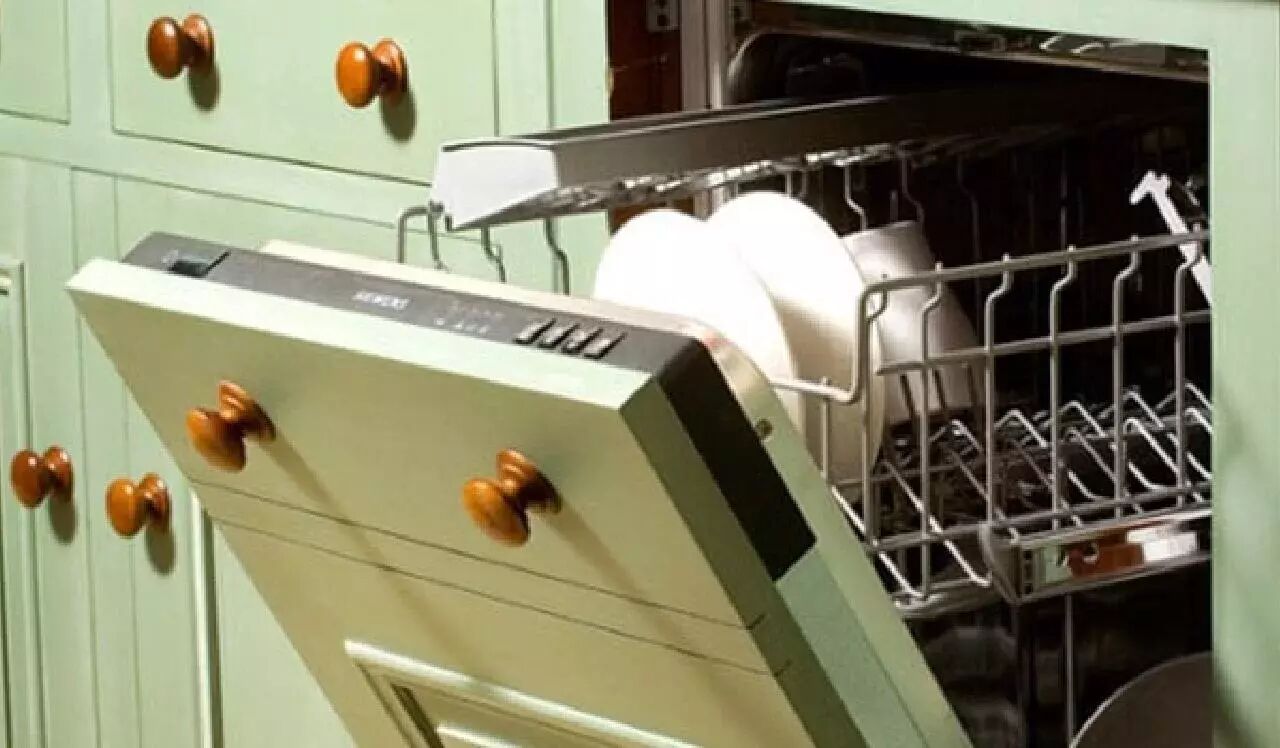The last thing you want during a property sale is a dispute over whether a light fitting is staying or going. Yet it happens all the time because the line between chattels and fixtures isn't always clear-cut.
Simply put, chattels are items that sellers can take when they move, while fixtures are permanent features that stay with the property. Knowing the differences now can save you from costly disputes and awkward conversations down the track.
What is a chattel?
A chattel is any movable item that isn't permanently attached to the property. These personal possessions remain separate from the property itself and can be freely moved without causing damage or requiring significant work to remove.
Unlike fixtures in a house, chattels don't automatically transfer with the property title during a sale unless specifically included in the contract. The fact that an item is heavy or bulky doesn't make it a fixture – what matters is how it's attached to the property.
Examples of common chattels
- Freestanding furniture
- Portable appliances
- Pot plants
- Artwork
- Curtains and blinds
- Rugs
- Freestanding shelves
- Grand pianos
- Garden ornaments
What is a fixture?
A fixture is any immovable object that is considered to form part of the property by being attached to it. Here's a simple way to think about it: if you could turn the house upside down and shake it, anything that stays attached is likely a fixture. When something is physically fixed or integrated into the property with a degree of permanence, it legally becomes part of that property.
The key factor is usually the method and degree of attachment – if removing the item would cause damage to the property or require tools and significant work, it's likely to be a fixture. This classification matters because fixtures are automatically included in the sale of a property unless explicitly excluded in the Contract of Sale.
Examples of common fixtures
- Built-in wardrobes
- Kitchen cabinets
- Wall-mounted TV brackets
- Alarm systems
- Ducted heating/cooling
- Light fittings
- Kitchen sinks
- Attached carpeting
- Built-in dishwashers
- Plants or trees fixed in the soil
How do you know if it's a chattel or fixture?
The main test is whether it's permanently attached. Do you need tools to remove it? Would removing it damage the property? Then it's probably a fixture.
Of course, some items aren't as black and white. Take light fittings, for instance – while a basic ceiling light is typically considered a fixture, what about that expensive designer pendant light you carefully installed? Or curtains – while the curtains themselves are usually chattels, the curtain tracks and rods mounted to the walls are fixtures.
Similarly, wall-mounted TVs create confusion. The mounting bracket, being screwed into the wall, is a fixture, but the TV itself is a chattel despite being attached to the bracket.
Property lawyers usually classify objects as chattels or fixtures depending on the following factors:
- The degree of annexation: The greater degree to which an object is attached to the property, the greater its chances of being considered a fixture.
- The purpose or intention of annexation: If a dispute arises, the party that refutes the classification of an object as a fixture or chattel has the burden of proving the original intention of its annexation. While these may be relevant in court, they may not be conclusive, so it is imperative that these be clearly outlined in the contract before any deal is made.
How do you deal with disputes over chattels and fixtures?
This grey area is exactly why it's crucial to be specific in your Contract of Sale about what's staying and what's going. The best time to address these issues is before signing contracts, not during the final walkthrough or settlement. Make a detailed list of any items that could cause confusion, and ensure both parties agree in writing about whether they're included in the sale.
For buyers, don't assume anything and ensure that the agreement includes a prior examination of the property to go through all the fixtures that come with it. If there's a specific item you're unsure about or want to be included in the sale, get it in writing. Then, if any fixtures are found to be missing or replaced after the initial inspection, the buyer can bring this up with their property lawyer.
For sellers, being upfront about what you're planning to take can prevent disputes later. And regardless of which side of the transaction you're on, don't hesitate to get legal advice before signing the dotted line.
Ensure peace of mind with the best property lawyers in Melbourne
To help you draft clear contracts outlining all chattels and fixtures and reduce the possibility of dispute, your friendly and experienced property lawyers in Melbourne are here to help. Contact P&B Law today to find out more about our trusted services in property law.
